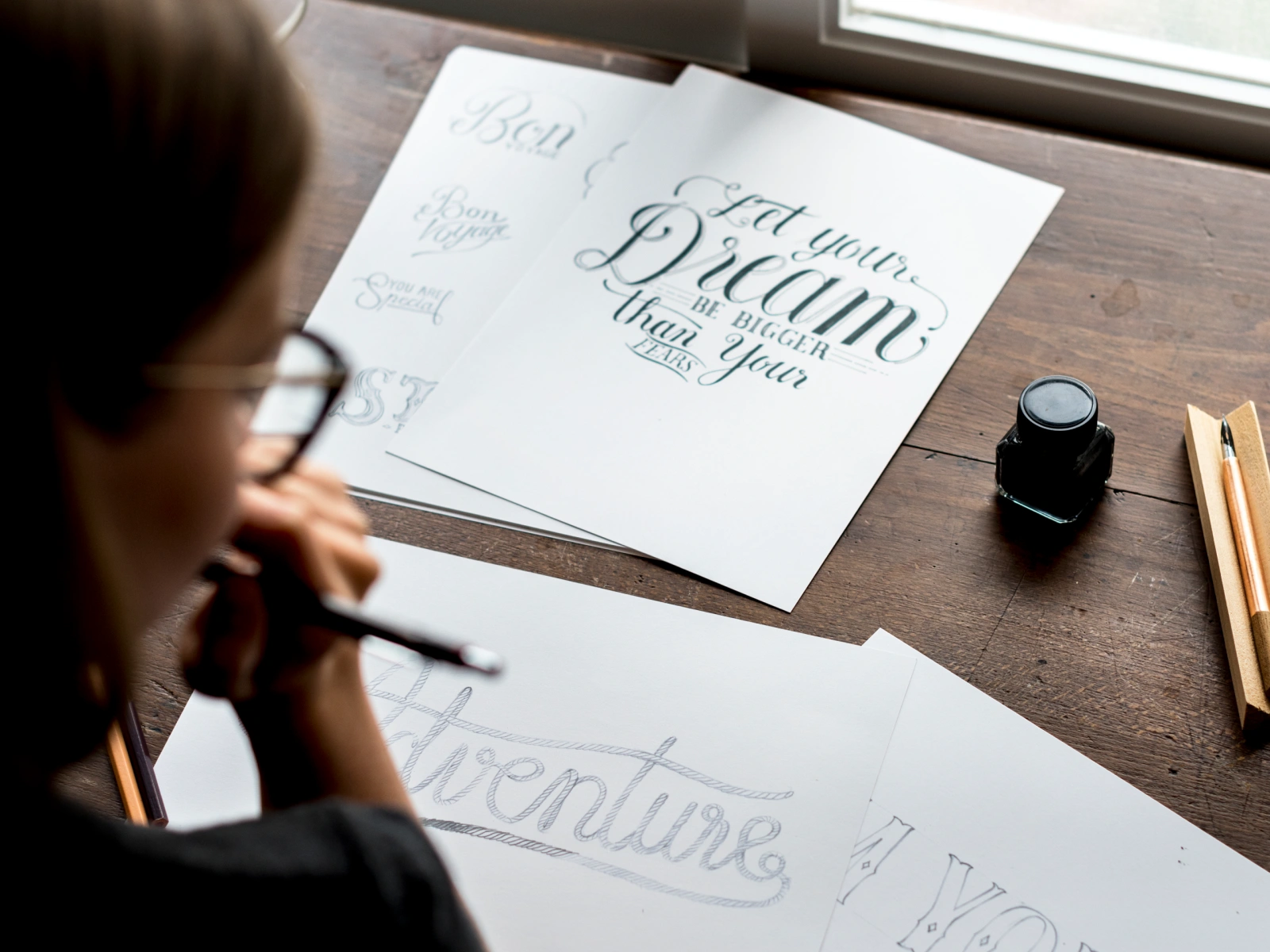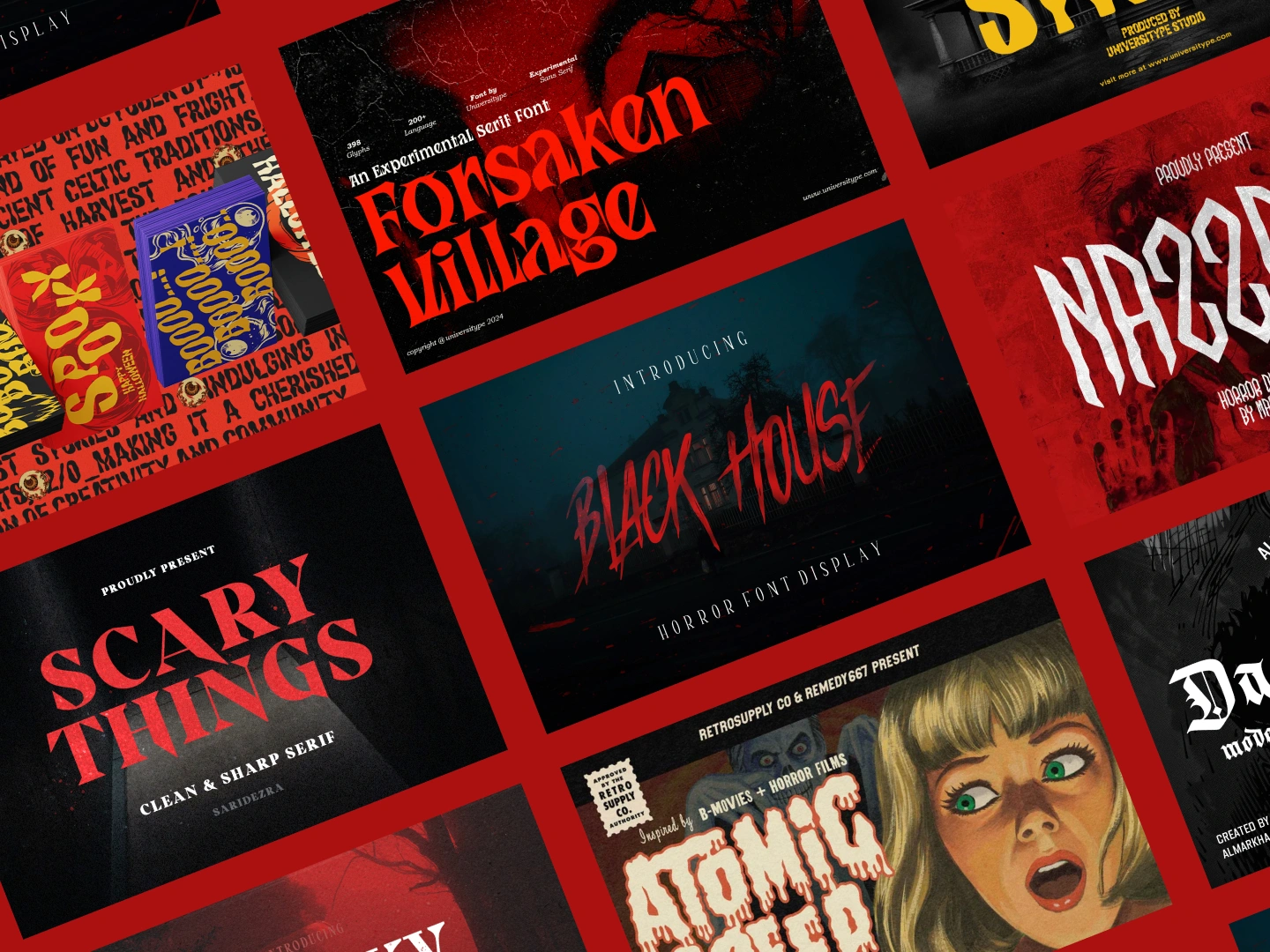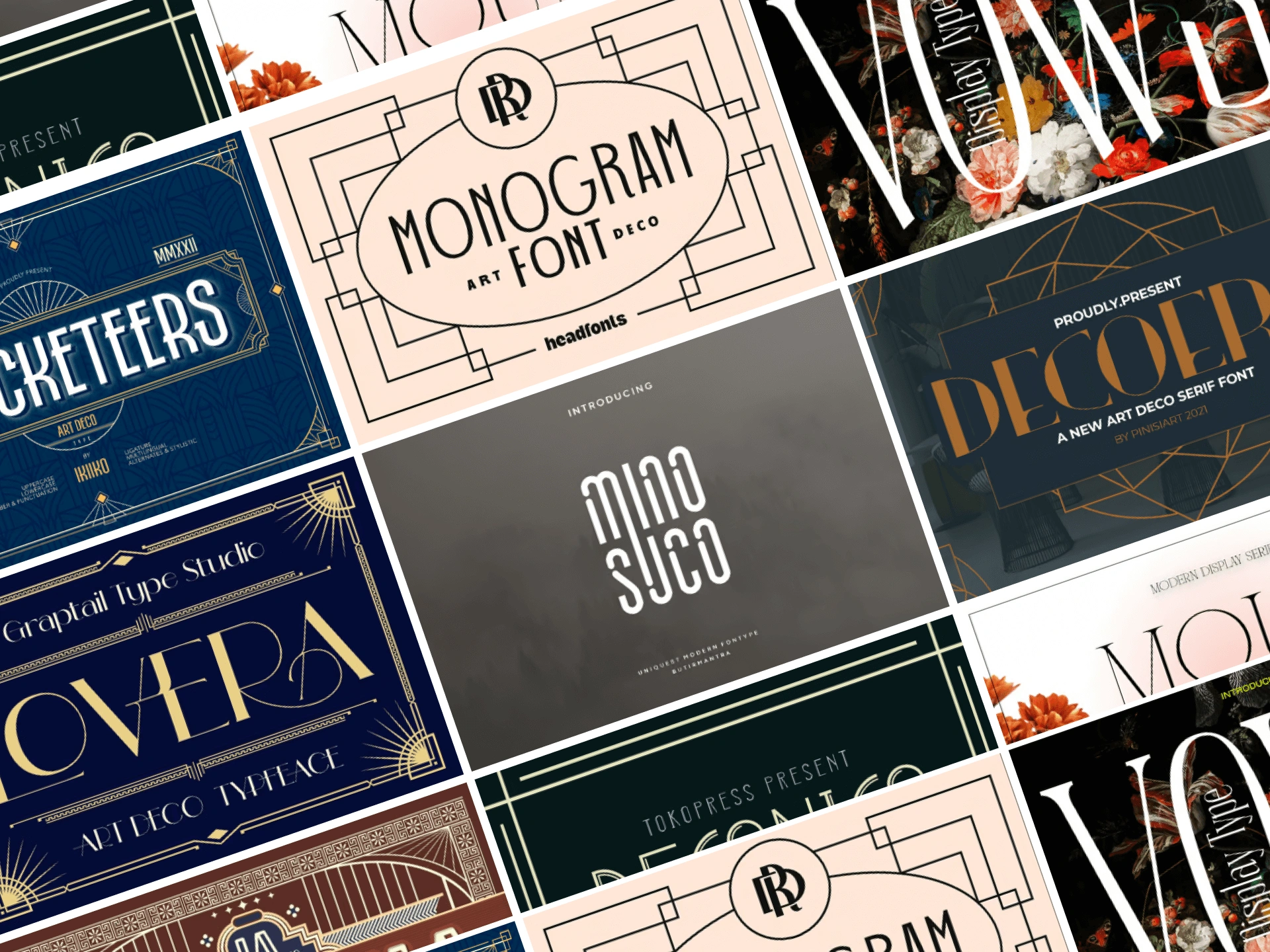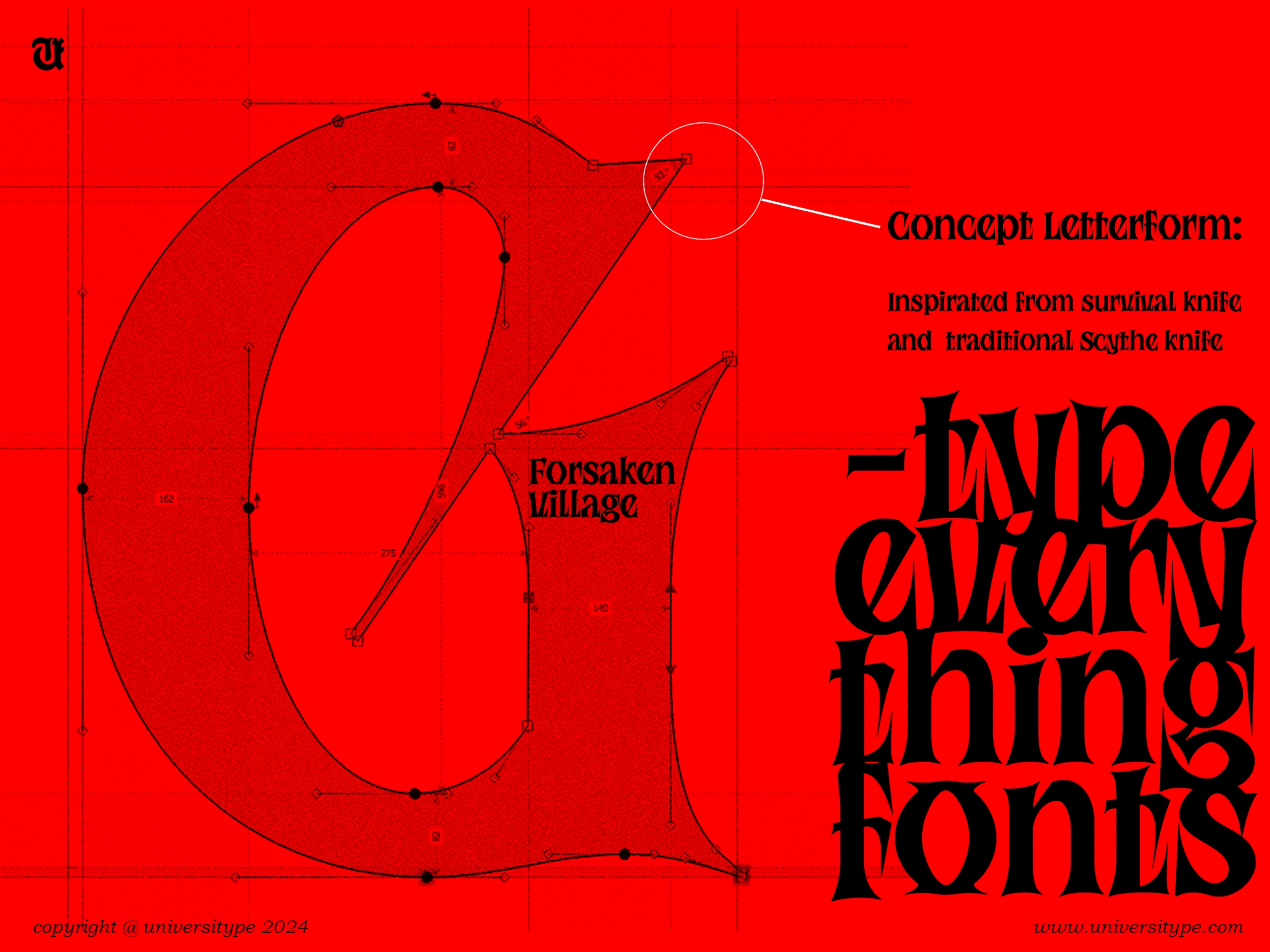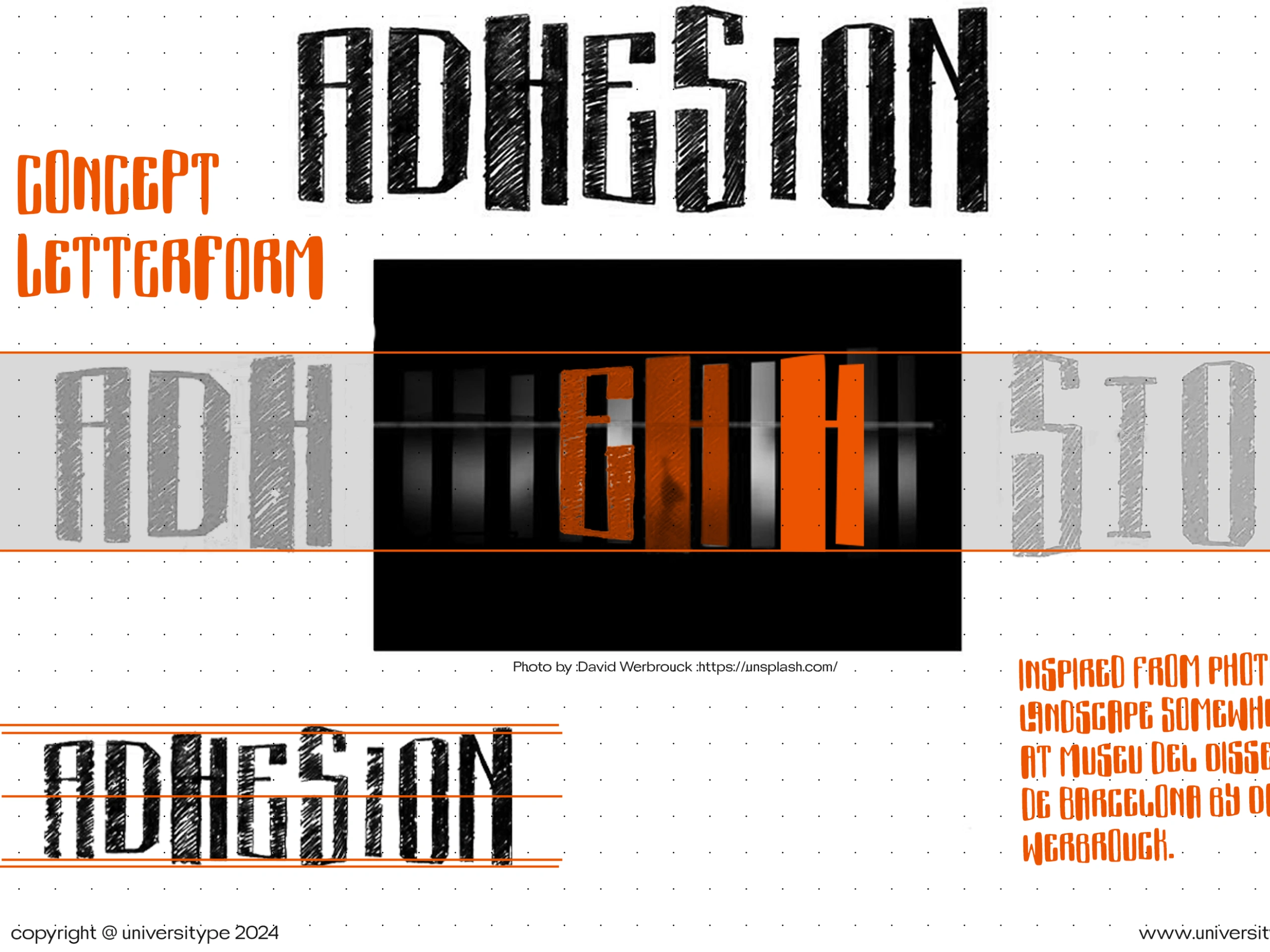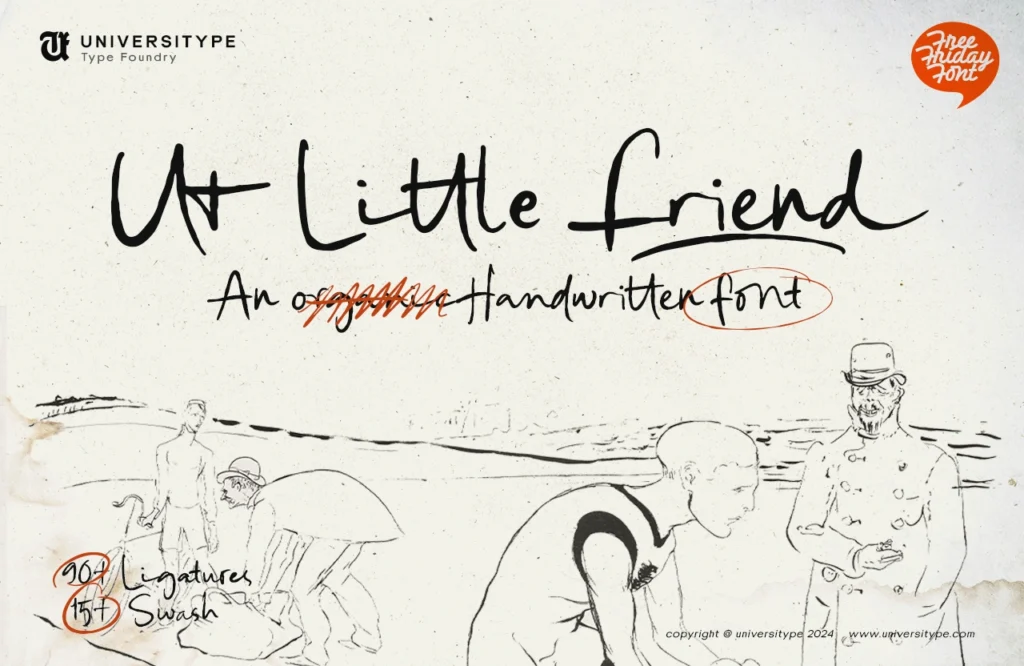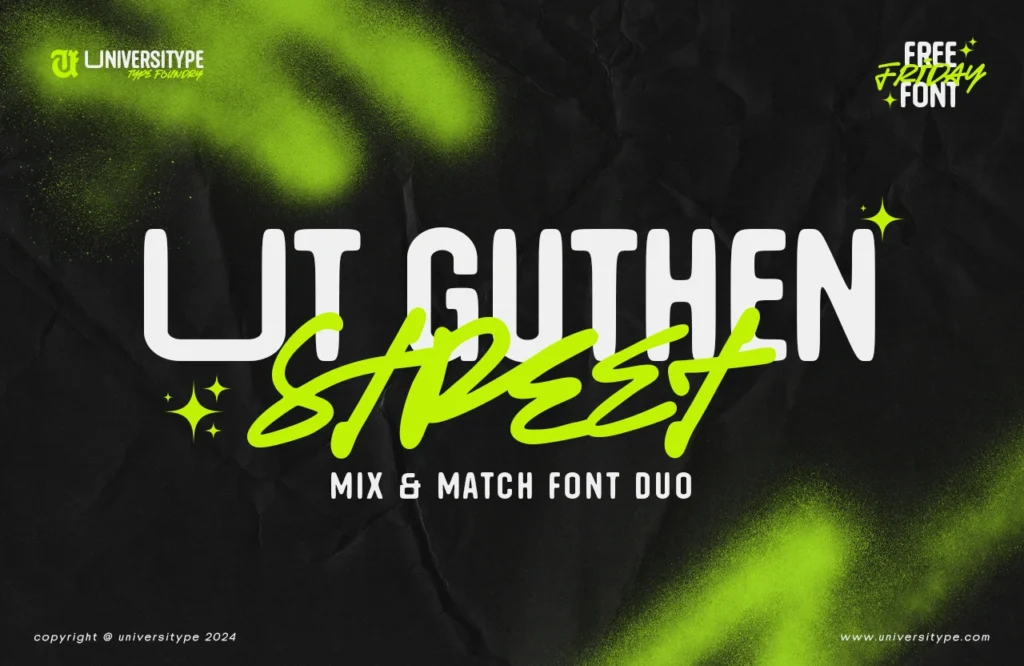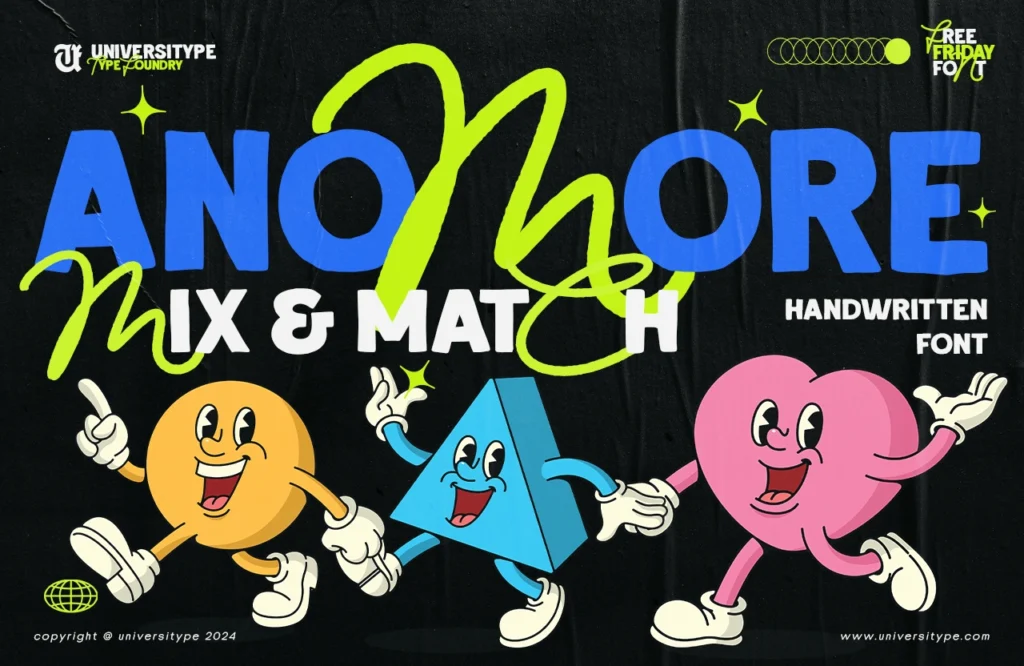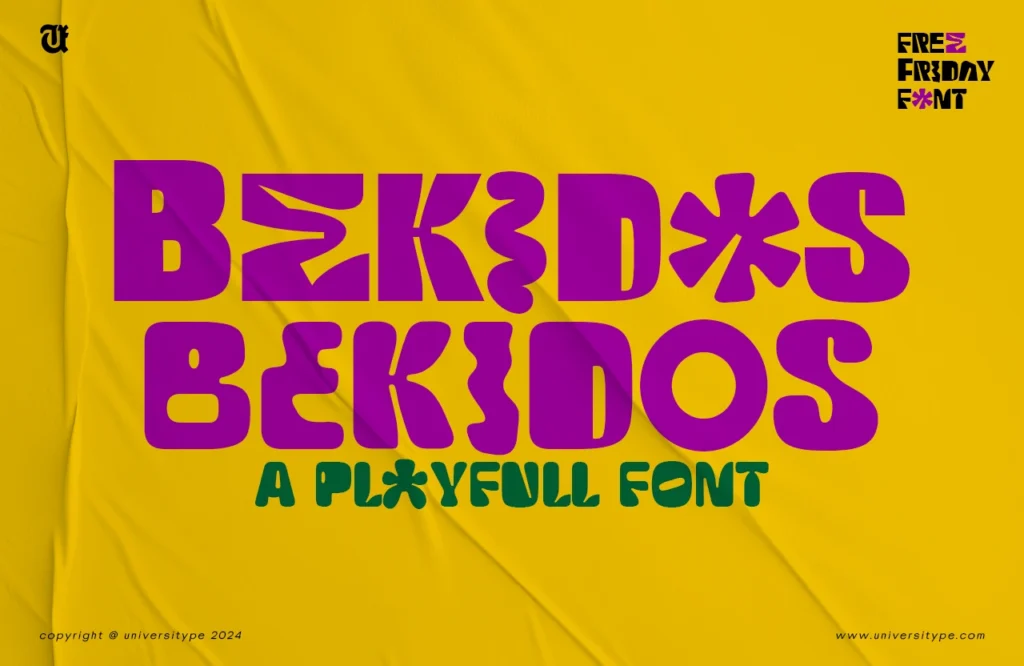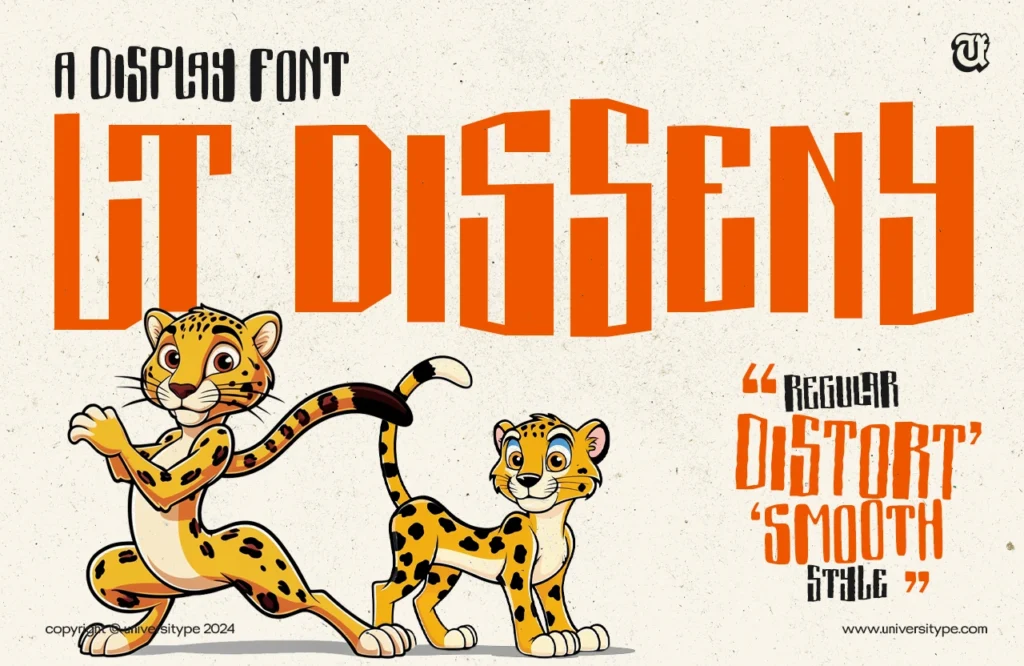Typography is the silent hero of the design world. It speaks volumes, conveys emotions, and delivers messages with clarity. At the heart of typography lies the concept of typeface, an essential component that can make or break the aesthetic and functional aspects of any design project. This blog aims to delve deep into the world of typeface, exploring its history, types, and its crucial role in design.
What is Typeface?
What is a Typeface?
A typeface is a collection of fonts that share an overall design. Think of it as a family of fonts, with each member having its own unique style while maintaining a common visual thread. For example, Helvetica is a typeface, and within this family, you’ll find Helvetica Regular, Helvetica Bold, Helvetica Italic, and so on.
Fonts vs. Typefaces
Before we proceed, it’s essential to clarify a common misconception: the difference between fonts and typefaces. A typeface is the design of the characters, whereas a font is a specific style and size of that typeface. For instance, Arial Bold 12pt is a font, while Arial is the typeface.
A Brief History of Typeface
The history of typeface is a journey through time, marked by technological advancements and artistic evolution. Here are some key milestones:
- The Birth of Movable Type
The invention of movable type by Johannes Gutenberg in the 15th century revolutionized printing. Gutenberg’s typeface, Blackletter, was based on the handwritten scripts of the time and laid the foundation for modern typography. - The Renaissance and Humanist Typefaces
The Renaissance period saw the emergence of Humanist typefaces, inspired by classical Roman inscriptions. Notable typefaces from this era include Bembo and Garamond, which are still widely used today. - The Industrial Revolution and Modern Typefaces
The 18th and 19th centuries brought about the Industrial Revolution, leading to the creation of modern typefaces like Bodoni and Didot. These typefaces featured high contrast between thick and thin strokes, offering a stark, elegant look. - The Digital Age and Contemporary Typefaces
The advent of digital technology in the late 20th century transformed typography once again. The digital era has given rise to a plethora of typefaces, ranging from classic revivals to innovative, experimental designs.
Types of Typefaces
Typefaces are generally categorized into several broad families, each with its own distinct characteristics and uses:
- Serif
Serif typefaces have small lines or strokes attached to the ends of larger strokes. They are often used in print media due to their readability. Examples include Times New Roman, Georgia, and Garamond. - Sans-Serif
Sans-serif typefaces lack the small lines or strokes at the end of characters. They offer a clean, modern look and are commonly used for digital screens. Popular sans-serif typefaces include Arial, Helvetica, and Verdana. - Script
Script typefaces mimic the fluidity of handwritten text. They are often used for decorative purposes, such as invitations and greeting cards. Examples include Brush Script and Pacifico. - Monospaced
Monospaced typefaces allocate the same amount of horizontal space to each character. They are commonly used in coding and programming environments. Courier and Consolas are notable monospaced typefaces. - Display
Display typefaces are designed for large headings and titles. They are usually more decorative and eye-catching, making them unsuitable for body text. Examples include Impact and Comic Sans.
The Role of Typeface in Design
Choosing the right typeface is crucial for effective design. It influences the readability, mood, and overall impression of your work. Here are some considerations:
- Readability
Ensure that your typeface is readable, especially for body text. Serif typefaces are often preferred for printed text, while sans-serif typefaces are favored for digital screens. - Tone and Mood
Typefaces convey emotions and set the tone for your message. A playful script typeface may not be suitable for a legal document, just as a formal serif typeface may not work for a casual blog post. - Branding
Consistent use of a typeface can strengthen brand identity. Many companies have custom typefaces designed specifically for their brand to maintain a unique and consistent look. - Hierarchy
Use different typefaces or variations within a typeface family to establish a visual hierarchy. This helps guide the reader’s eye through the content and highlights important information.
Conclusion
Understanding typeface is a fundamental aspect of design that goes beyond mere aesthetics. It’s about conveying the right message, evoking the desired emotions, and ensuring that your content is both engaging and readable. Whether you’re a designer, a typographer, or someone with a keen interest in typography, mastering the art of typeface can significantly enhance the impact of your work.
Dive into the world of typefaces, experiment with different styles, and discover the perfect combination that brings your design to life. Happy designing!


